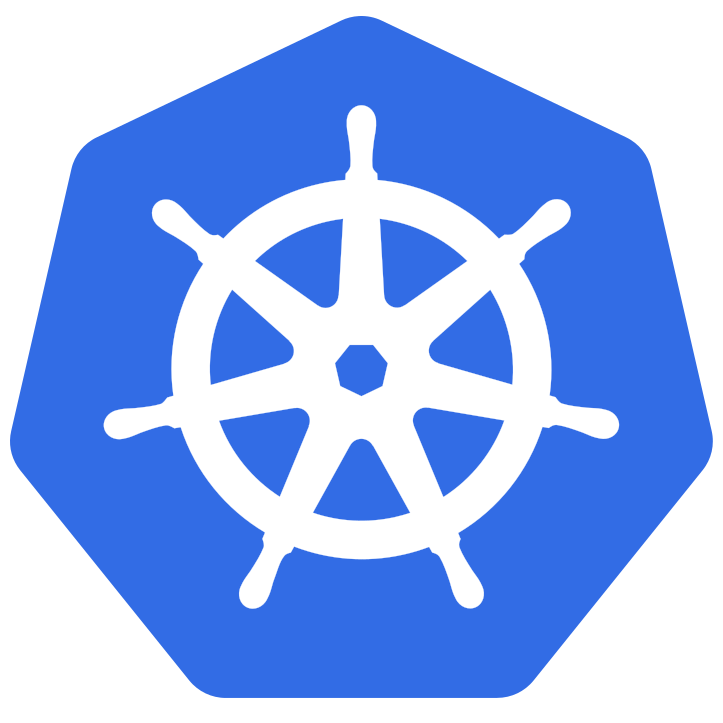Service 中的几个 port 的区别
Service: This directs the traffic to a pod.
TargetPort: This is the actual port on which your application is running inside the container.
Port: Some times your application inside container serves different services on a different port.
Example: The actual application can run 8080 and health checks for this application can run on 8089 port of the container. So if you hit the service without port it doesn’t know to which port of the container it should redirect the request. Service needs to have a mapping so that it can hit the specific port of the container.
1 | kind: Service |
if you hit the my-service:8089 the traffic is routed to 8080 of the container(targetPort). Similarly, if you hit my-service:8443 then it is redirected to 8085 of the container(targetPort). But this myservice:8089 is internal to the kubernetes cluster and can be used when one application wants to communicate with another application. So to hit the service from outside the cluster someone needs to expose the port on the host machine on which kubernetes is running so that the traffic is redirected to a port of the container. This is node port(port exposed on the host machine). From the above example, you can hit the service from outside the cluster(Postman or any rest-client) by host_ip:nodePort
Say your host machine ip is 10.10.20.20 you can hit the http, metrics, health services by 10.10.20.20:30475, 10.10.20.20:31261, 10.10.20.20:30013.
Edits: Edited as per Raedwald comment.
Service 中的几个 port 的区别




